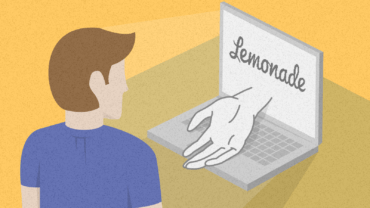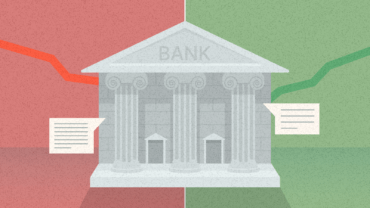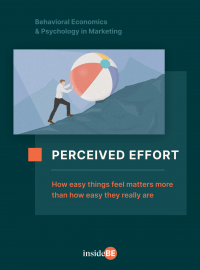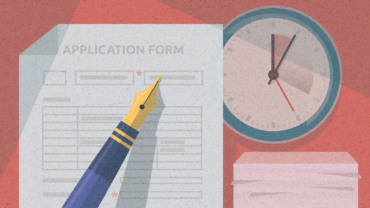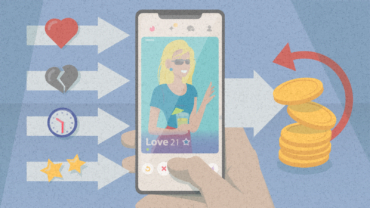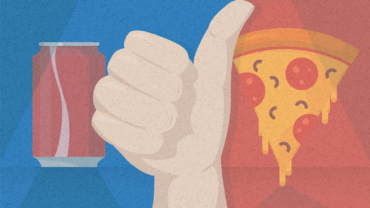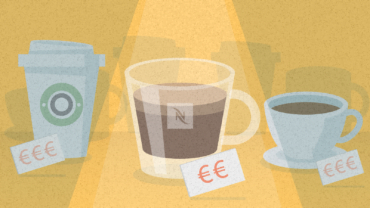Influencing Consumer Behavior Requires More Than Just Motivation
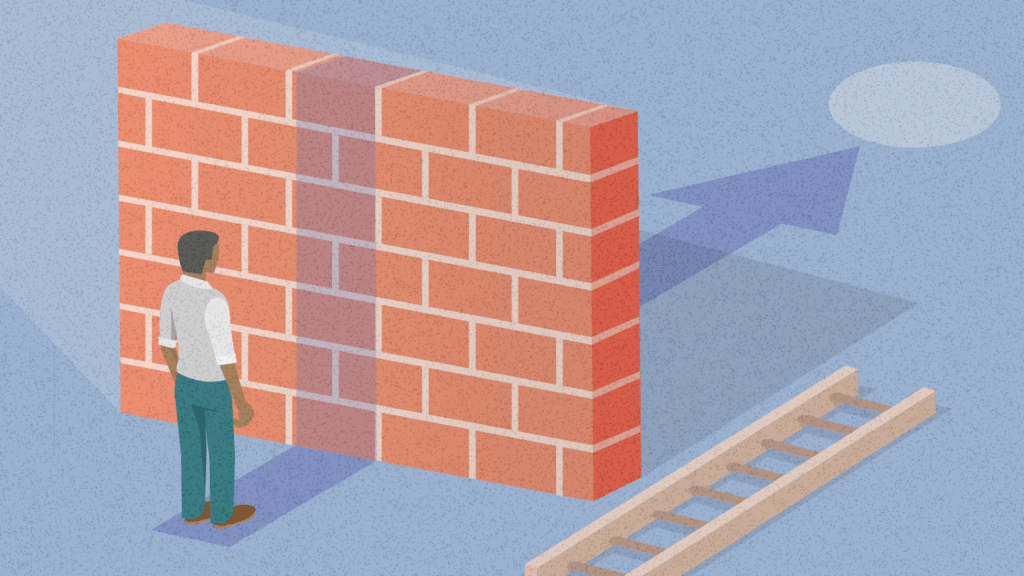
Motivation isn’t enough to change customer behavior when they’re faced with so many barriers along the way. Learn to identify and tackle these barriers using a simple model.
In this article, you’ll discover:
- Why you should be focusing your marketing efforts on more than just motivation;
- A useful framework to help you identify different barriers that your customers are facing; and
- A step-by-step guide on how to uncover and tackle these barriers.
We’ve all been there. Bored of the monotonous routine of work, Netflix, sleep and eventually coming to the conclusion: “Hey, I should be doing something else with my time. Something more fun. Something more interesting! A new hobby perhaps? Or taking up a new sport? Maybe I should join a life-drawing class?
You grab your phone in excitement and start looking up how to start; what items you need; where you can join such an interest group; how much it’ll all cost, etc. You’re driven and inspired, but then suddenly you think to yourself: “Oh, well that class is too far away!”, “I’ve got no one to go with!”, or “Am I even fit/strong/flexible enough for this?” And then comes the biggest mood killer: “I’m scared I’ll look like a complete idiot in front of other people.”
And just like that, after you were incredibly motivated in the beginning, all these barriers have ended up preventing you from signing up and attending the class!
It’s likely your customers might feel the exact same way. Despite how motivated and excited they were about your product, there might be some barriers preventing them from clicking “Yes”, signing up, or completing their purchase.
As marketers, our job is to change people’s behavior. So we spend all our time thinking about ways to persuade other people, including how to increase their willingness to buy something; how to get them to try our products; or how to convince them to keep using our products. We think of all the “whys” a prospective customer might be attracted to our offer and focus on increasing and maximizing these in any way we can.
It’s not just about finding out what motivates customers. It’s first and foremost about uncovering all the reasons why they don’t do what you want them to do.
But by thinking this way, we’re missing a critical piece to the puzzle: the “why not.” The barriers. The areas of friction our customers face that prevent them from acting in the way that we, and even they, want to.
Our very own behavioral expert Matej Sucha (CEO of MINDWORX Behavioral Consulting,) where he advises some of the largest banks and insurance companies in the region), suggests that: “There are several aspects to changing customer behavior. It’s not just about finding out what motivates them. It’s first and foremost about uncovering all the reasons why they don’t do it.”
Introducing the COM-B Model
A super simple and helpful model to think about is COM-B; which describes behavior as being driven by a mix of Capability, Opportunity, and Motivation.
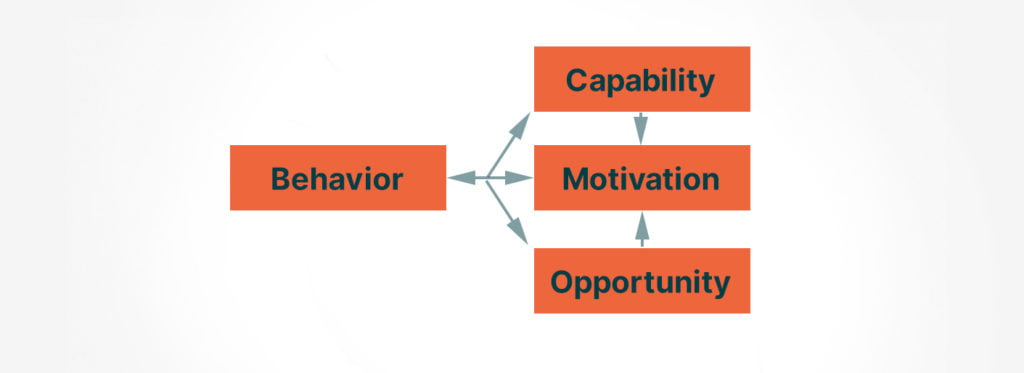
Capability refers to the knowledge, skills, and abilities your customer needs in order to engage in a certain behavior, and includes both physical (such as bodily strength and stamina) and psychological (such as intelligence and mental resilience) capabilities.
Opportunity refers to the external factors that enable them to complete the behavior, involving physical factors (such as money and time) and social factors (such as social norms and culture).
Capability and Opportunity influence and reinforce Motivation. This means that they push Motivation along too, having an even stronger additive effect on behavior.
Motivation is, of course, the reasoning behind consumer behavior. However, like when you try to start a new hobby or class, motivation alone is not enough to get the ball rolling.
An important thing to note is that Capability and Opportunity influence and reinforce Motivation. This means that they are driving not only behavior itself, but push Motivation along too, having an even stronger additive effect on behavior.
This is why you should stop putting all your marketing efforts into purely motivating customers, and start focusing more on increasing their capabilities and opportunities (i.e. reducing the barriers your customers face) and streamlining their experience.

Discover ground-breaking ideas and fascinating solutions.
This is all well and good to know in theory, but how can you put this into practice to change your customers’ behavior?
Well, you’ve come to the right place: we’re about to walk you through a simple 4-step process that you can start right now to revolutionize how you influence behavior.
1. Create a customer journey map
The first step is to understand your current customer experience by mapping out their journey.
Jim Kalbach (author of Mapping Experiences and VP of Customer Experience at MURAL) is a massive proponent of this technique, and argues: “Using a diagram to first identify barriers and then find solutions to overcome them removes unnecessary friction for customers. This is ultimately a source of growth. Aligning the customer needs and business goals is core to becoming more human centered.”
Aligning the customer needs and business goals is core to becoming more human centered.
To do this, first outline each stage of your customers’ interactions with your product, and very importantly, the target behaviors you want them to perform at each of these stages. These need to be as specific as possible and measurable. An example of this is “Enter email address” or “Place order for delivery.”
Make sure to include every touchpoint you can think of. Add as many details as possible, as these will help you discover even the most hidden areas of friction. Bonus points if you add a list of KPIs relevant to each stage, as these will help you with measuring your success later.
For example, let’s imagine you’re marketing an online subscription service, and at the “Conversion” stage, you’re looking to increase the number of sign-ups. The sign-up process consists of entering your name and email address, choosing a subscription plan, and setting up payment.
Let’s say you focus on getting customers through this process with a minimal customer attrition rate, so a target behavior is “Customer chooses subscription plan.” The main touchpoint is the subscription options page on your website, which has 3 options “Basic”, “Premium”, and “Expert”, outlining the cost of each. Since the target behavior is “Customer chooses subscription plan”, the relevant KPI here may be “Number of sign-ups.”
2. Identify barriers/areas of friction
The next step is to identify the Capabilities and Opportunities customers need at each stage in order to perform the target behavior. Some obvious ones may jump out at you straight away, so write those down. But once you start getting stuck, reflect on these questions.
Capabilities
Physical (i.e. strength, stamina, agility):
- What physical skills does the customer need for this action?
- What skills may the customer be lacking?
- Put yourself in the customer’s shoes. What skills might the customer THINK they might need for this action?
Psychological (i.e. knowledge, intelligence, resilience):
- What information does the customer need to know?
- What state of mind is the customer in?
- What knowledge does the customer already have? Is it enough?
- Could the customer feel that they are lacking the right amount of information/psychological capabilities?
Opportunities
Physical (i.e. money, time, resources)
- Are there opportunities available? Are customers aware of them?
- Is this priced appropriately for our target market?
- Do users require resources they might not already have access to?
- What costs are involved for the customer (time and monetary)?
Social (i.e. social norms, culture, peer pressure)
- If I were doing this behavior, what would other people think of me? (Or what do I think other people would think of me?)
- Is the customer aware of other customers’ behavior? How could this influence their own behavior?
- Can the customer’s action be perceived by others? How would they feel about this?
- Could this stage involve more social elements (e.g. inviting friends, communicating with others)?
- Are there any social or cultural norms that could be in conflict with the product or behavior?
Now you might notice that quite a few of these have to do with what the customer thinks they might need. Oftentimes barriers arise purely out of the customer’s own perception of either their own capabilities, the capabilities required, or the opportunities available to them.
This is something that’s easily overlooked, but it’s really important for you to keep in mind!
By addressing a customer’s perception, you can employ your marketing superpowers and communicate to them in a way that’s impactful without having to modify product offerings.
Returning to our previous example of an online subscription service, a barrier you might’ve identified is the knowledge a customer needs to be able to determine what subscription is best for them. This includes knowledge of what’s included in each subscription plan and knowledge of how the customer will use it. This is a problem, as the customer will be afraid to make the ‘wrong’ decision and might postpone or abandon decision-making altogether.
3. Address the barriers/areas of friction
In order to inspire your customers to take action, you need to minimize or remove the barriers they encounter on their way to the goal. By increasing accessibility, you increase the chances of them performing the action you desire.
Take a moment to reflect on the areas of friction you’ve identified. How can you reduce them? Here are some ideas based on the type of barrier you’ve found:
Capabilities
Physical
- If the customer is lacking a physical skill, consider offering workshops or a free trial with someone qualified to walk them through it.
- If the customer is lacking physical strength or ability, offer a service where someone can do it for them.
Psychological
- If the customer needs additional information, make sure this information is provided in your marketing communications, and make it more accessible (think videos, simple visuals, etc.)
- If the customer feels they’re not the right person for your product or service, tailor your message towards them.
- If the customer feels the action requires more effort than they have, then change their behavior by lowering the perceived effort.
Opportunities
Physical
- If the customer is unaware of the opportunities he/she has, shout about them from the rooftops!
- If the customer can’t afford your product service, offer discounts or extended payment plans.
- If the customer is short on time, make communications shorter and simpler or display how long a task will take for them to complete (much like at the top of our own articles at InsideBE).
Social
- If there are norms against this behavior, communicate the behavior of other customers
- If the customer could benefit from involving their friends, introduce social elements such as ‘Bring a friend for free’ or the option to share on social media.
- If the customer is afraid of being judged by other people, show them an exemplary person (model) performing the desired behavior.
Overall, you have to start thinking about how you can help your customer overcome barriers through minimizing friction and enabling facilitators of the behavior you’re targeting.
Back to our online subscription service example where “a lack of knowledge” was identified as a barrier to act. Here, an easy solution would be to provide more information on the subscription plans in a clear and concise manner. However, a better solution would be to take all the guesswork out for the customer. For example, a short quiz asking the customer what they’re looking for and matching them to a relevant subscription plan, thereby prompting them to be comfortable with their decision and choose it.
4. Implement and measure
Now go! You’re free to start implementing your newfound solutions throughout all your marketing communications. And remember those KPIs we told you to jot down in Stage 1? Use them to measure the impact of your new technique and determine where you need to keep making tweaks in order to maximize your marketing strategy impact.
In conclusion, when it comes to changing your customers’ behavior, simply motivating them is no longer enough. No matter how persuasive your campaign may be, if you don’t address the customer’s capabilities and opportunities, they’ll feel trapped and won’t be able to act on that very motivation.
Key Takeaways
- There are several aspects to changing your customers’ behavior. It’s not just about determining what motivates them, it’s also about uncovering the reasons why they don’t act.
- Behavior is driven by Capabilities, Opportunities, and Motivation.
- Without providing your customers with Capabilities and Opportunities, Motivation will do little in driving behavior on its own.
- To build an effective marketing campaign, you must first tackle the barriers that customers may face before trying to motivate them.

